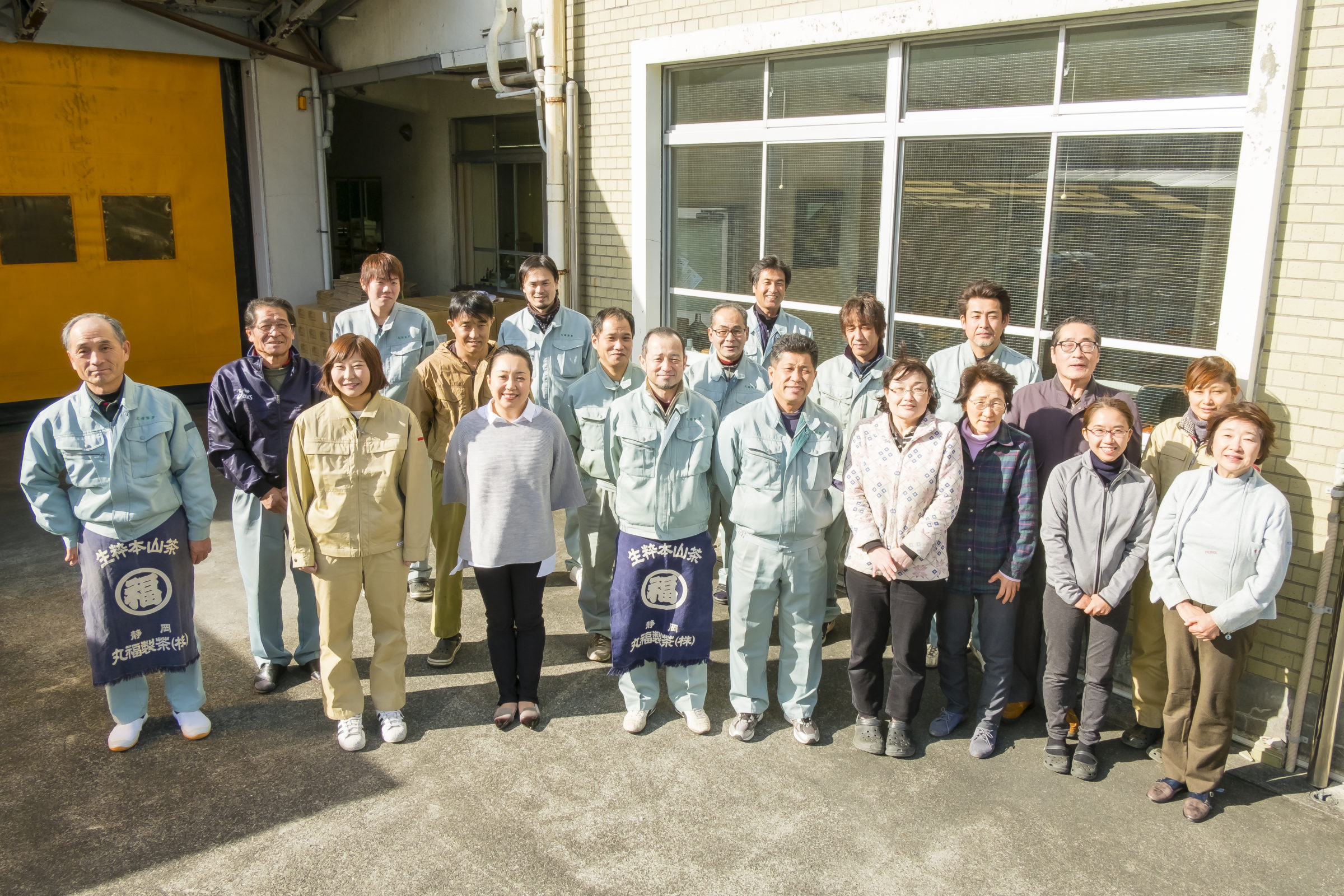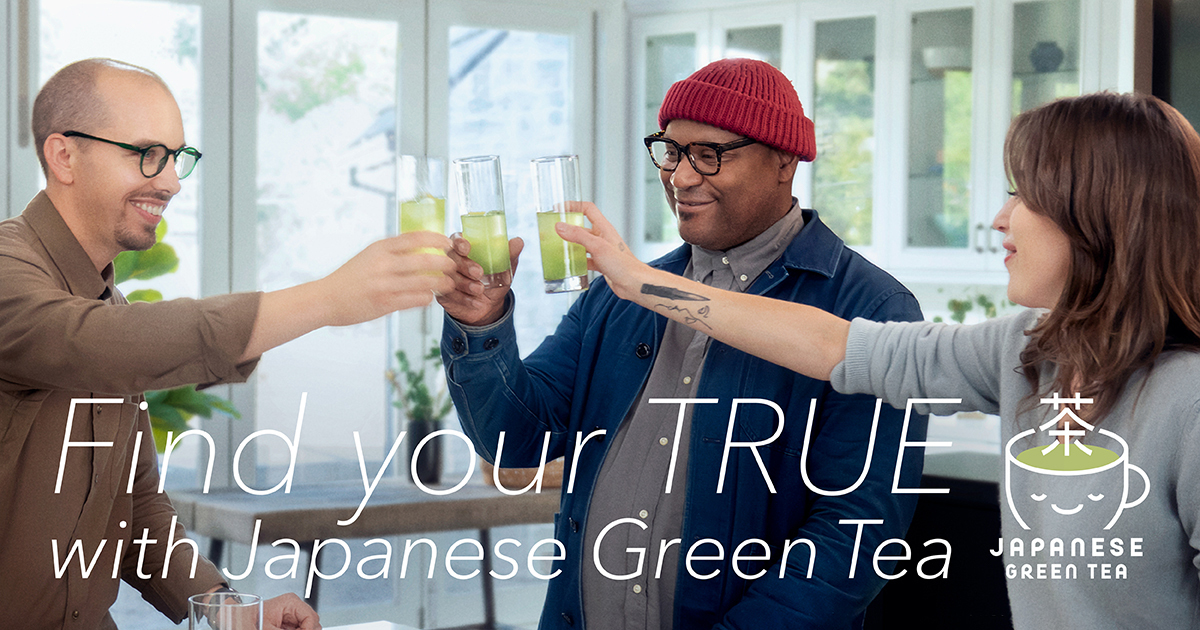The taste of a tea master – Marufuku tea’s “maximum roasting” treatment process.
Shizuoka Prefecture is one of Japan's leading tea-producing regions, where the Abe River runs through Shizuoka City, located in the center of the prefecture. The area around the river is known as "Honyama," a region with a reputation for high-quality tea production. Marufuku Seicha is particular about the tea leaves grown using the clean water of the upper reaches of the Abe River and has named the sencha produced using these leaves "Honyama Abecha."
As well as this, they are constantly researching and refining their roasting techniques, an essential process in determining the taste and aroma of sencha.
We spoke with Asami Ito, the company representative, and Hiroshi Ohashi, the tea master, about their unique "maximum roasting" treatment process.

Asami: The Abe River is a rocky and fast-flowing river with varying gradients. The rocks keep the area well-drained and act as a natural filtration system, making it excellent for tea production and providing the tea plantations with mineral-rich water. The tea plant roots grow deep and strong in this kind of land, too, helping the tea leaves grow thicker and richer in nutrients.
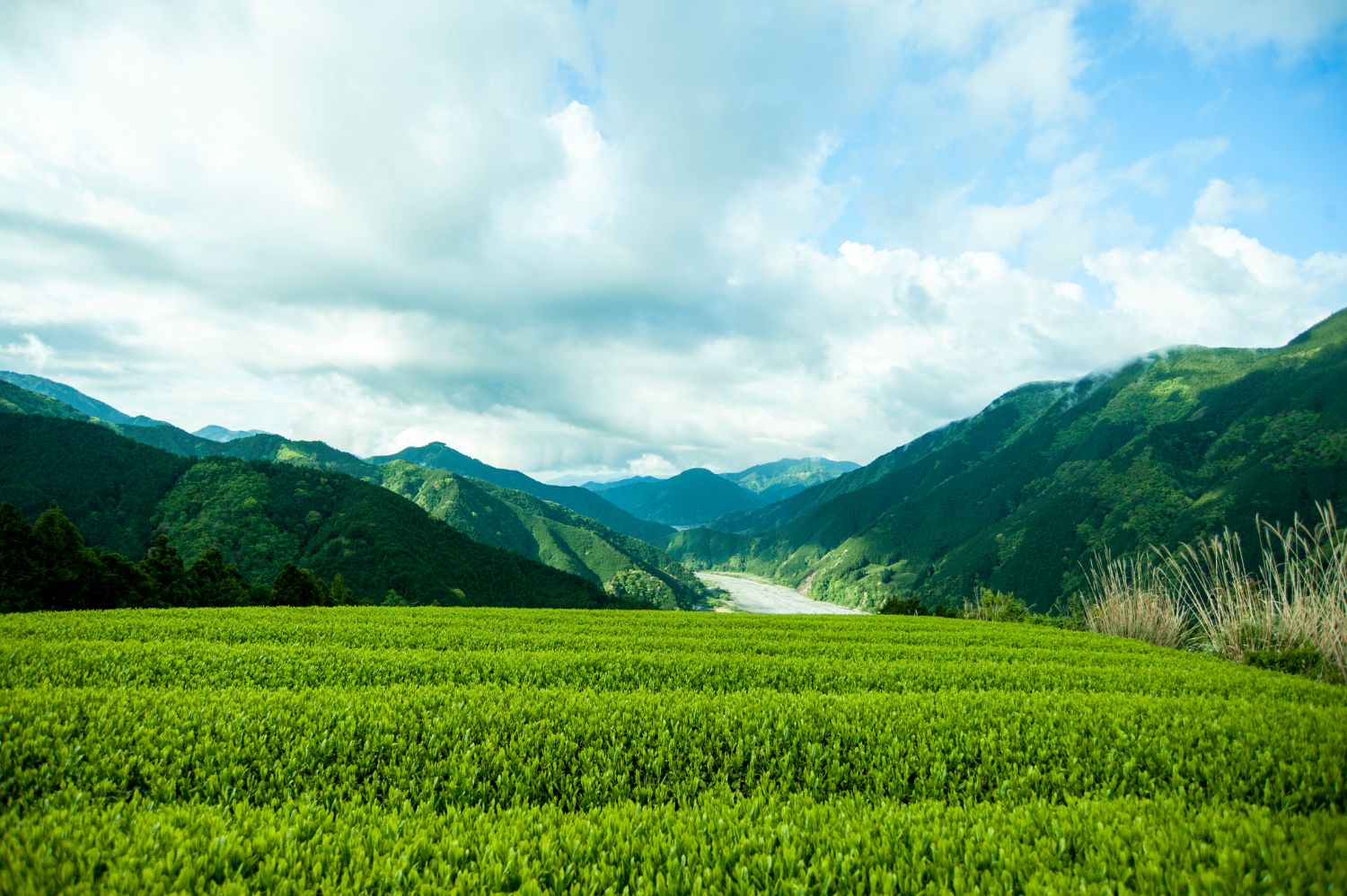
Asami: At Marufuku Seicha, we've worked to refine the technique of adjusting the roast to bring out the full strength and characteristics of the tea leaves that grow here. Through a lot of trial and error, our founder (Enji Ito) developed Marufuku Seicha's unique "maximum roasting" treatment process with his employees.
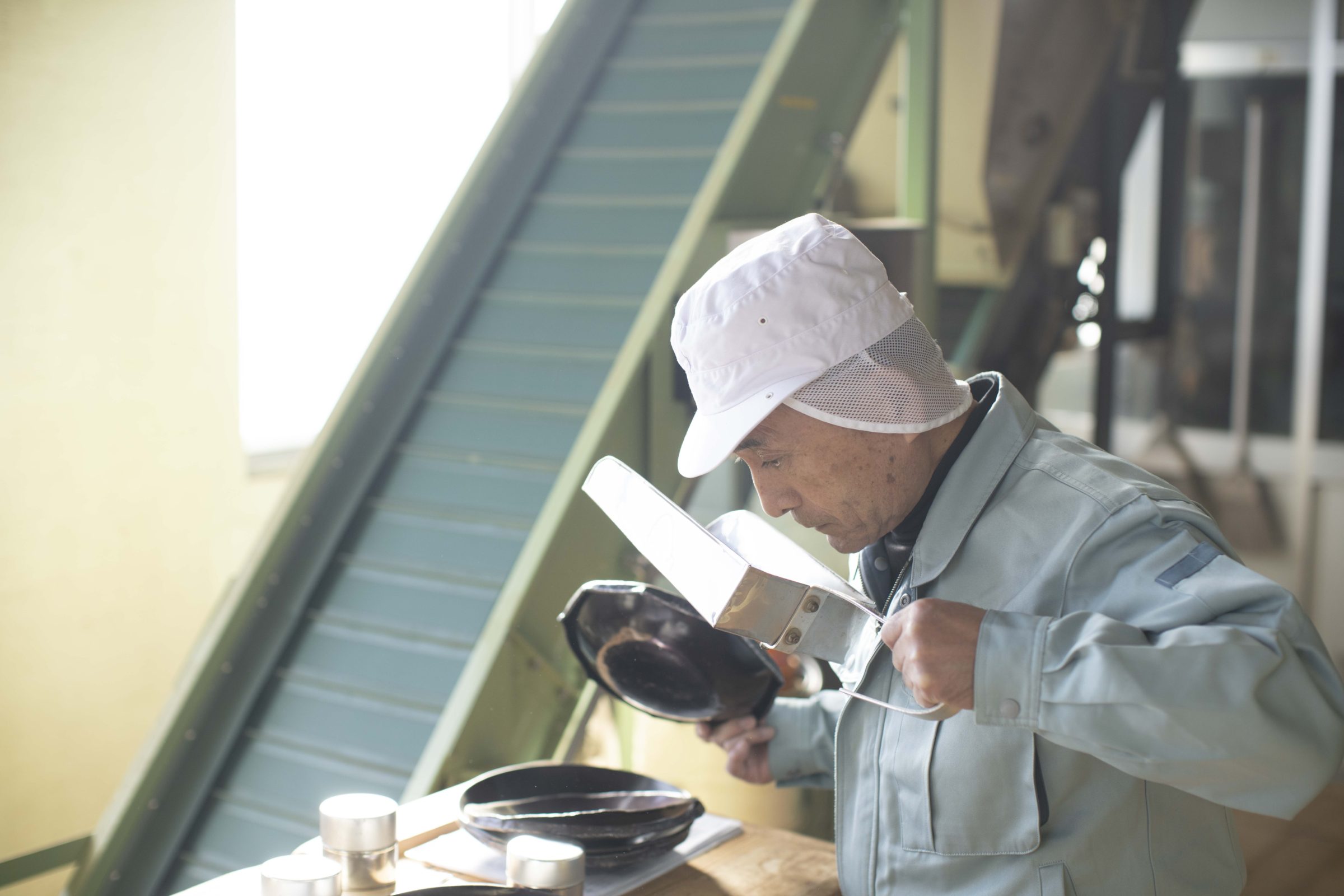
Hiroshi: I rely entirely on my sense of smell to adjust the heat and decide when to remove the tea leaves from the heat.
"The roasting machine is equipped with a large number of thermometers and levers for fine-tuning the heat. Mr. Ohashi doesn't leave his post during the roasting process and adjusts the heat according to only the aroma coming from the roasting machine. There is a basic recipe for the roasting process, but factors such as the moisture content of the raw tea, the climatic conditions on the day, and so on vary, so he uses the aroma to guide him in maximizing the flavor and aroma of the tea leaves."
Hiroshi: "Maximum roasting" treatment is a technique used by Marufuku to heat sencha until it is about to burn. The heat is stopped just before the tea is fully roasted, and it's allowed to cool before it overcooks, and this is how we produce a tea with such a strong aroma.
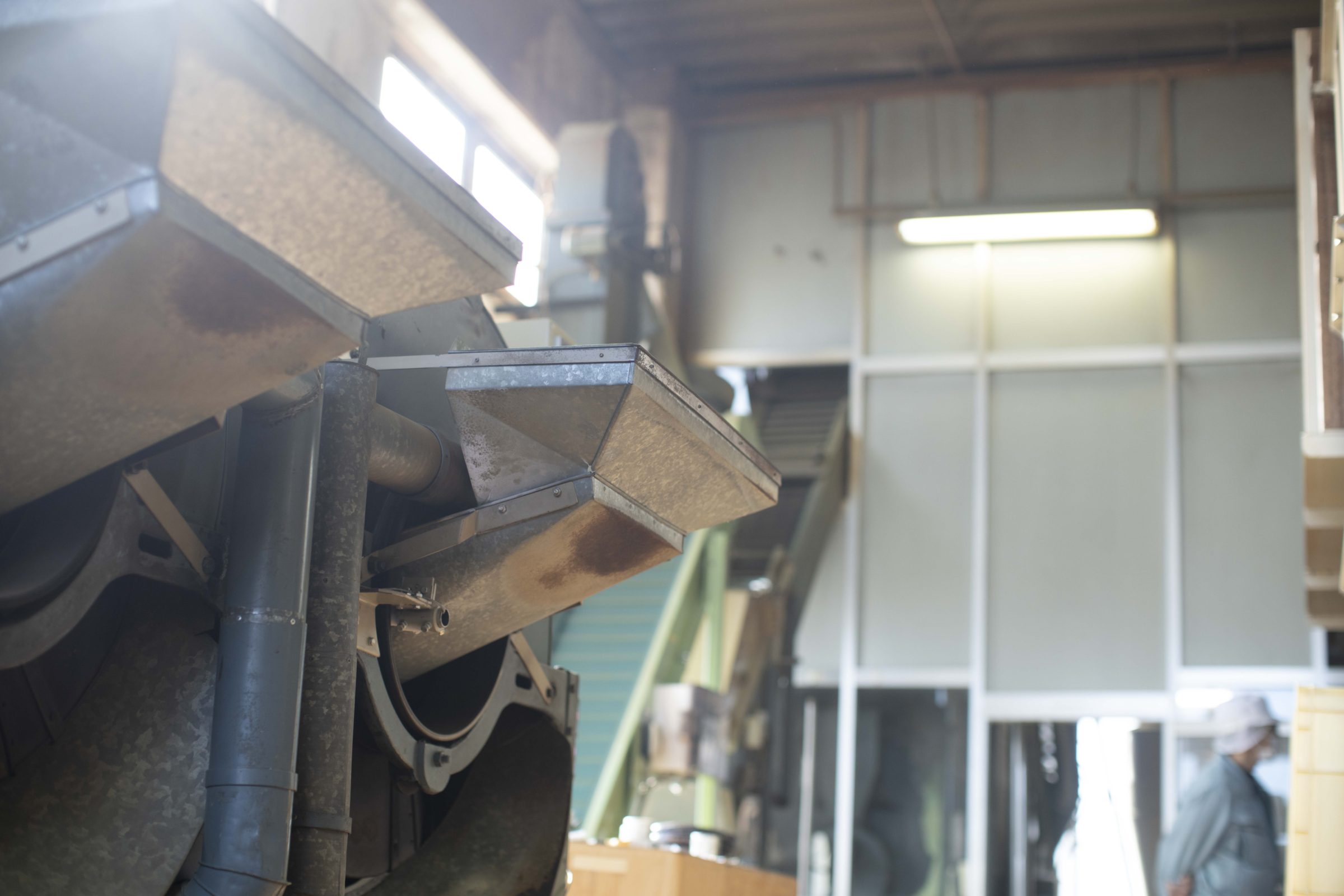
"After the tea leaves have been roasted, they're quickly spread out on a board for the cooling process. Various methods and types of boards have been tried and tested for cooling. However, different materials release heat differently, and the old practice of using pine boards for cooling is still the best in terms of maintaining the aroma."
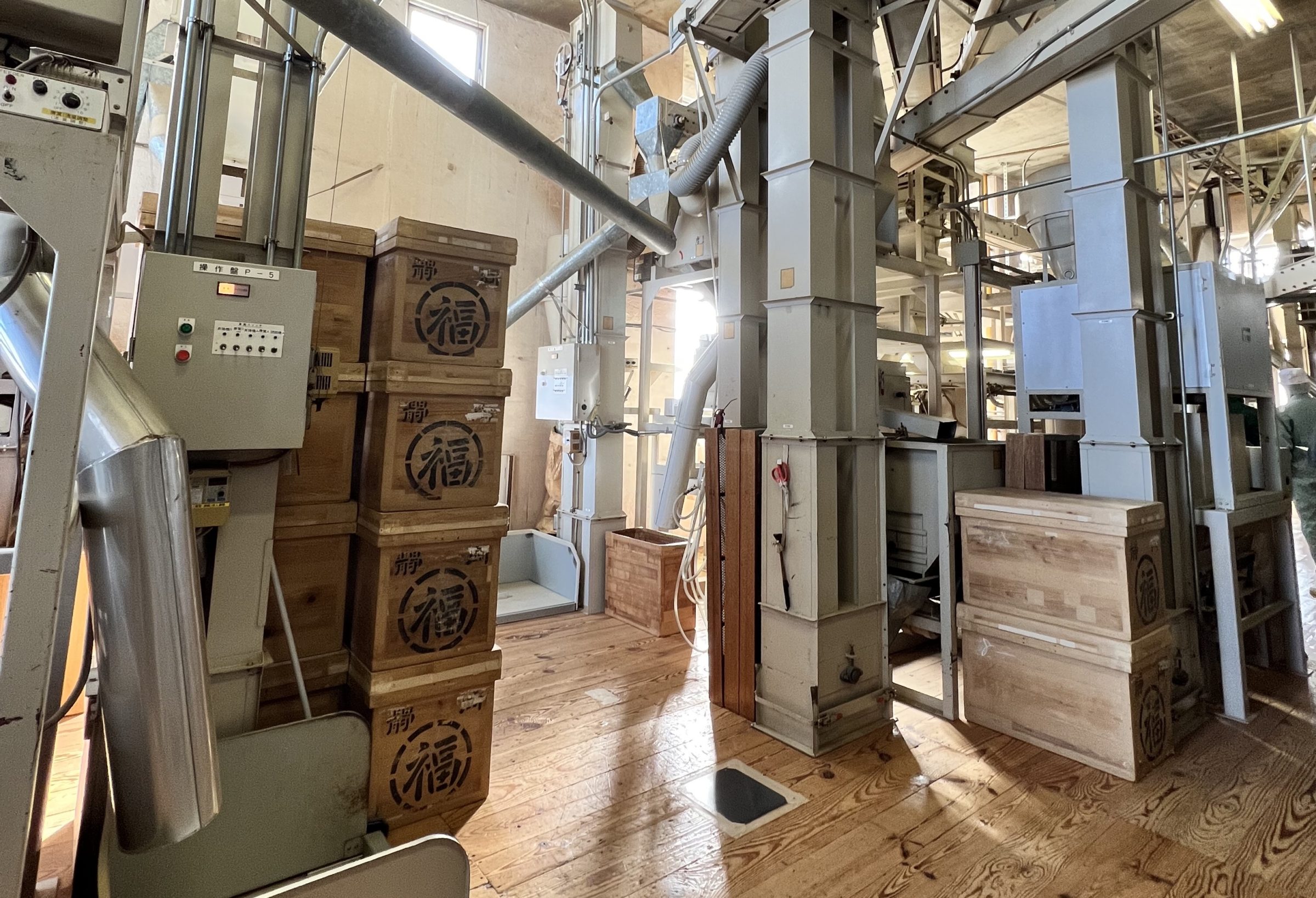
"The three-story factory is designed so that the tea leaves descend floor-to-floor via tubes as the process proceeds. After being roasted and cooled, the tea leaves arrive in the combination machine on the ground floor, where they're blended with leaves from different regions and varieties and those steamed using different methods.
The finished tea leaves are then stored in wooden boxes, some of which are filled with nitrogen and kept in a refrigerated room. The blend is then fine-tuned according to the customer's order and shipped."
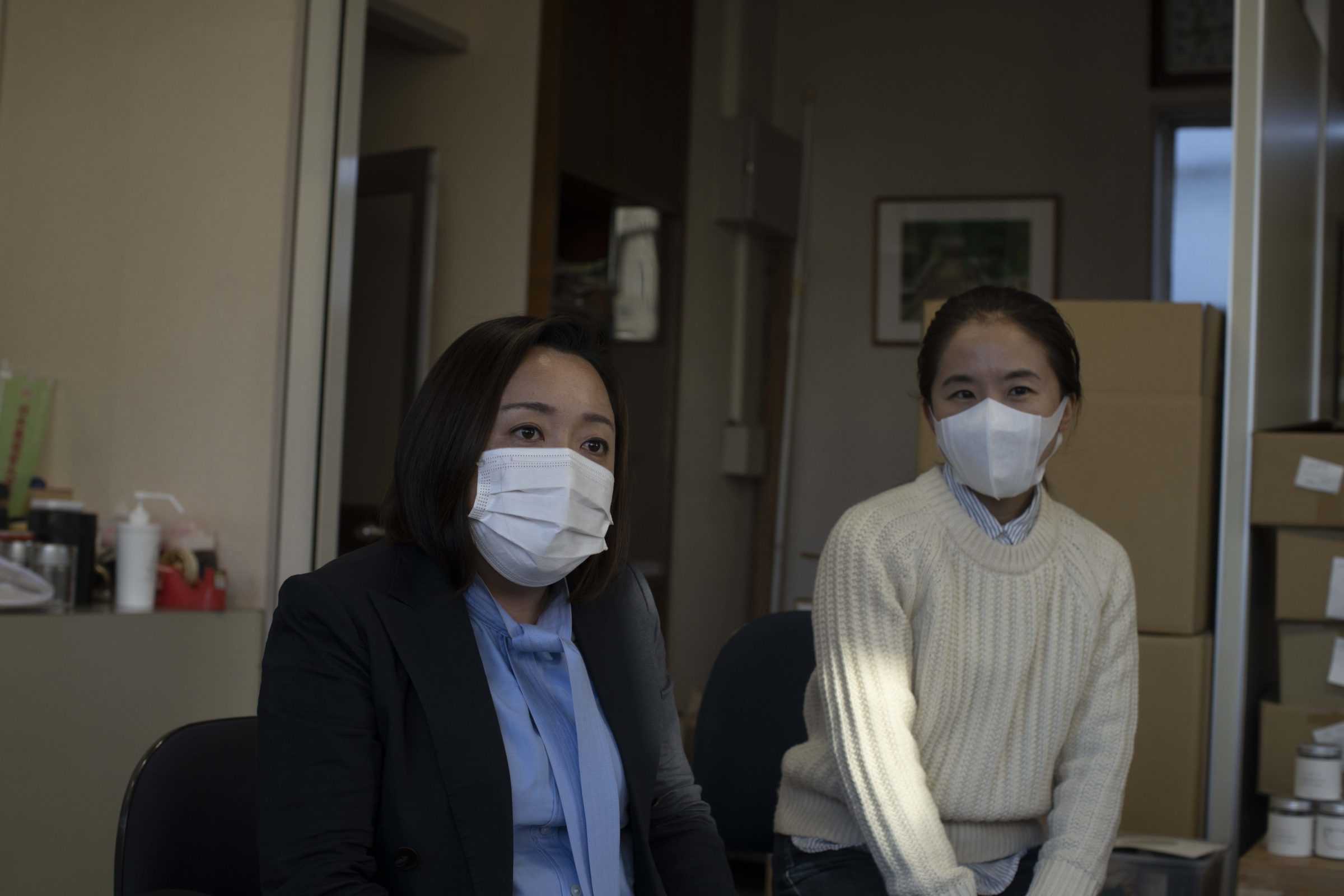
Asami: I think it's challenging to make time for tea in our daily lives. Of course, we'd like people to enjoy tea brewed to its best in a teapot, but we also want people to enjoy tea as a regular part of their daily lives. We believe that by drinking tea regularly, our taste buds become accustomed to the taste, which helps us appreciate the differences between products and varieties.
Asami: Combining tea with things that form part of our broader daily lives is something we consider as we develop our products. One example is “Pochage” (potage + ocha), a Japanese-style soup that combines Japanese tea as a seasoning with other ingredients. This works particularly well because the taste of the tea itself is as strong as any other ingredient.
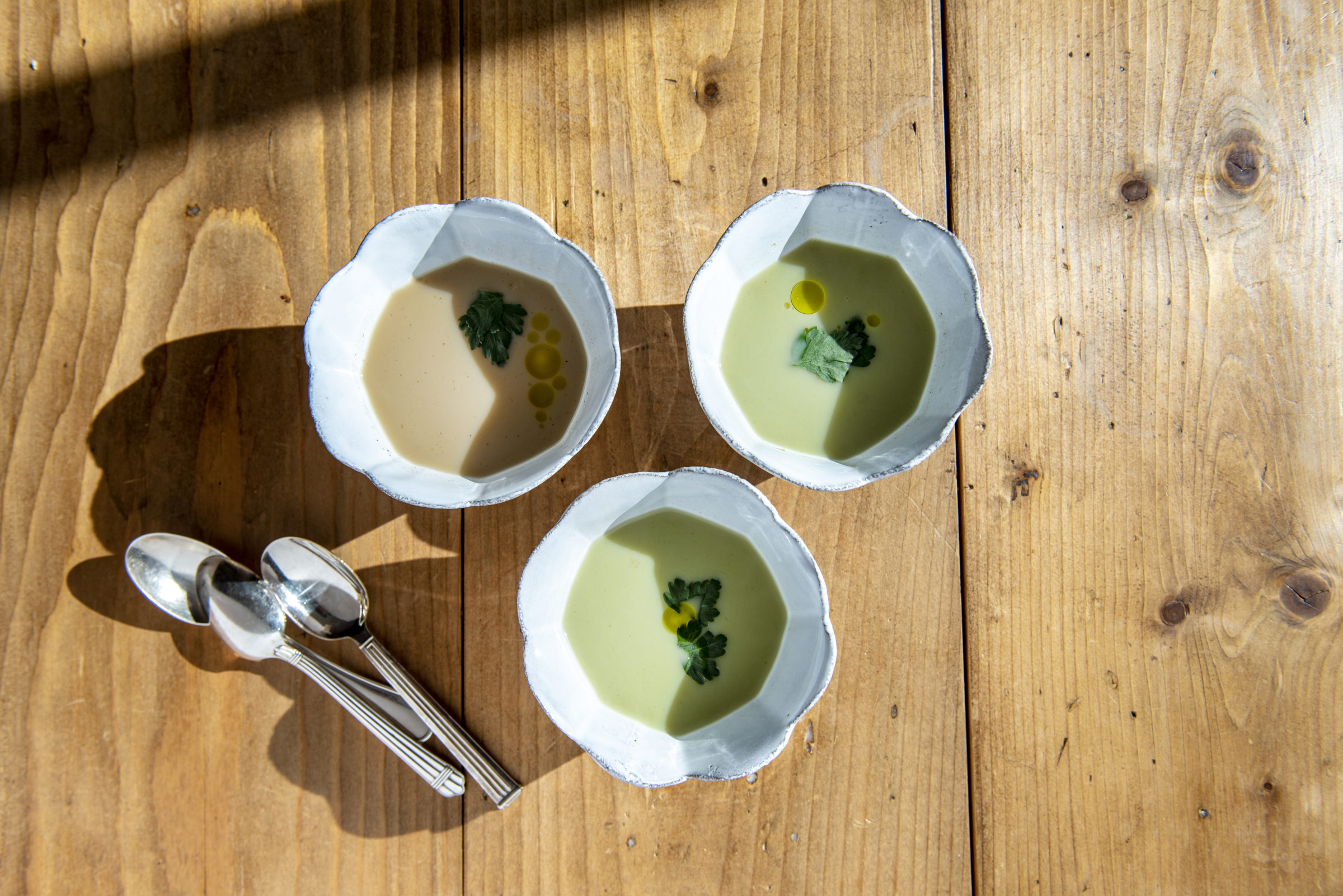
Asami: For me, Japanese tea is an essential source of hydration, and I drink maybe 2 liters of tea a day. I cold-brew a pitcher of Japanese tea before bed, bring it to work, and drink it little by little throughout the day. There are many ways to enjoy tea, but I think it’s important to incorporate it as a go-to drink in your daily life.
